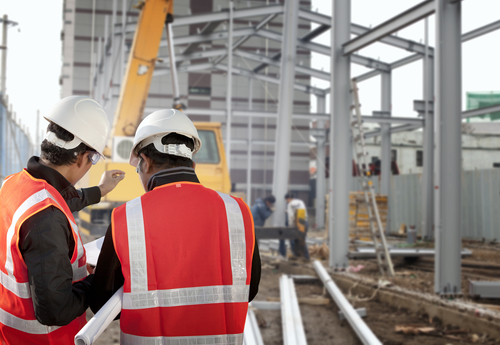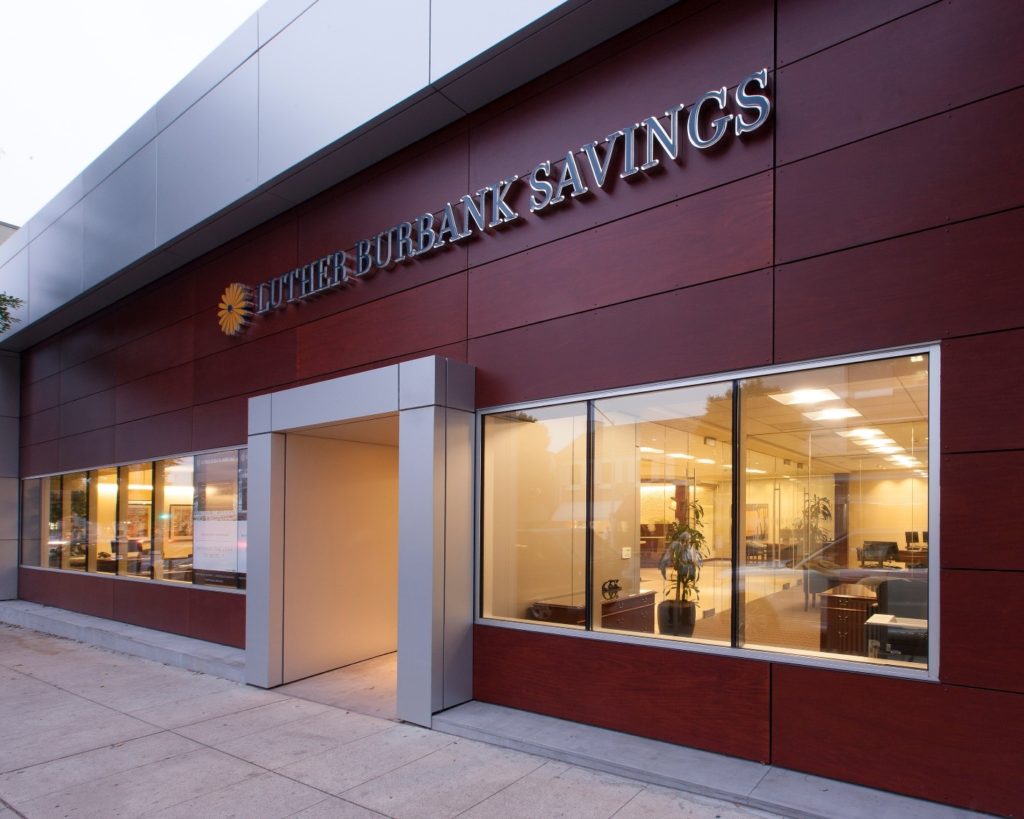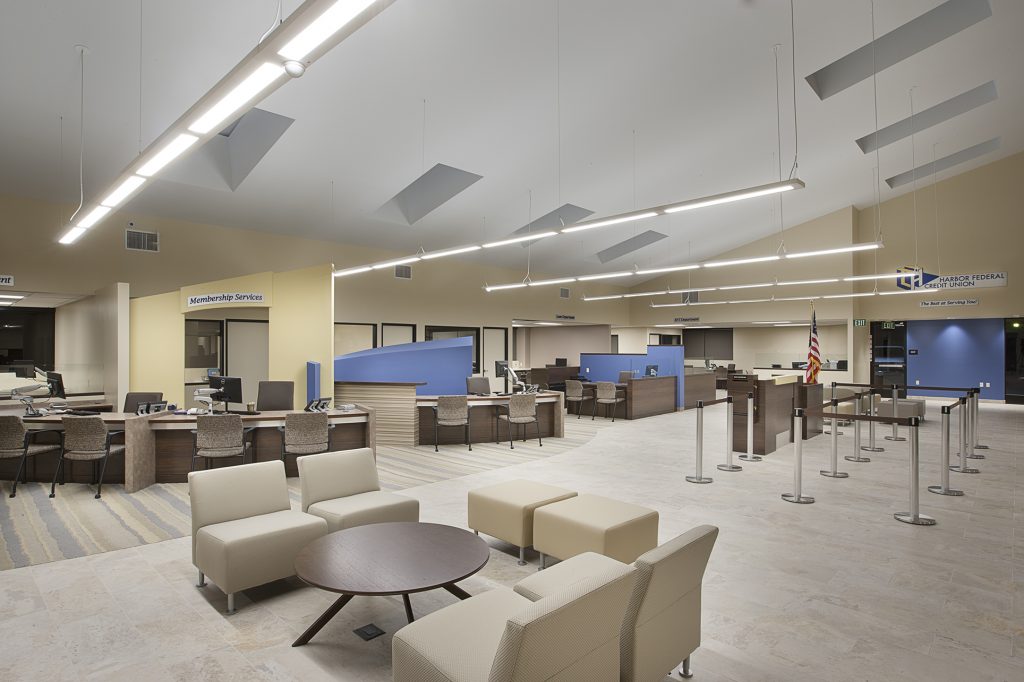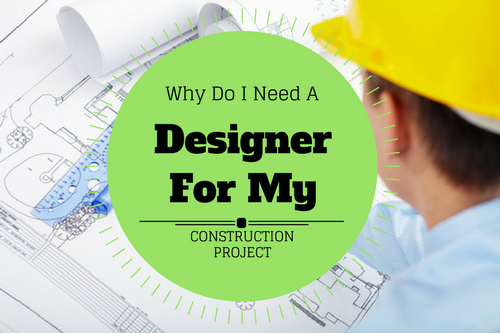A construction designer comprises of an organization or a person whose roles involve generating or altering designs for construction projects.
The functions of a designer in the building include arranging models or monitoring other employees by instructing them to create and organize the drawings.
Building designs involve drawings, details of the models, design stipulation, bills included and model calculations. Designers can be categorized into:
- Quantity Surveyors
- Consulting Engineers
- Interior Designers
- Architects
Although designers can be architects as listed above, this article focuses on the designers who capitalize on construction only. Such designers specify on developing, altering and maintaining construction designs.
These people can be principal constructors, trades people, commercial clients or specialists’. Their titles entirely depend on their level of involvement in the design project.
From commercial sites to individual premises, a designer is a core element in the construction industries. The decision of a designer can impact the health and safety of the occupants of a premise.
These people may be the building contractors, constructors or the maintenance department.
Duties and Roles of a Designer
As the owner of the premises, you need to understand the functions and obligations of the designer with regards to the project he is to handle.
This is important because it will guard your working relationship while ensuring all the standard rules and procedures have been followed.
There are many roles linked to a designer hence their importance in the construction project. Here are some of them:
- Ensure client is up to par with his duties under the CDM before commencing the designing.
- Prepare and modify designs while taking account of pre-construction details offered by the client
- Curb foreseeable health and safety risks of all people handling the project
- Reduce and control risks as a security measure
- Report to the principal contractor and the client with regards to helping them comply with their duties and ensuring the completion of a construction phase plan
- Facilitate communication, corporation and coordination between designers including the principal designer.
There are many types of construction related to commercial premises. The following section highlights some types of construction:

Ground up Construction
This kind of commercial construction involves beginning a construction project from an underdeveloped piece of land while working to complete the construction process of a building.
Ground up construction includes the designer understanding your business idea including the location requirements before planning, creating renditions and drawings.
The designer uses your plans to obtain operation approval from the government leading to the beginning of construction. Ground up construction is beneficial because it leads to the development of a purpose built facility.
General Contracting Firm
A general contracting firm is a company responsible for the daily oversight of a construction site including the management of vendors, trades, and facilitation of communication among the parties involved in the construction project.
A general contracting firm like Sierra Group is responsible for availing all the labor material, equipment and tools necessary for the building project.
Some of the responsibilities linked to this company include acquiring the building permits, offering advice to the client, securing property, providing temporary utilities on the construction site, personnel management and disposing of construction waste.

Bank Construction
Bank Construction refers to the funding process needed during the commercial construction. The financing process might include land payment for its revamping where necessary.
Typically, the whole amount is organized in advance before the commencement of the construction. Most of the loans for commercial construction are advanced by draws following the preset milestones of the building process.
Bank construction is an essential element of all construction projects, and it is vital for you as the client to understand the financing system concerning your construction project.

Building Contractors
A building contractor is a person who facilitates the planning, developing and coordination of the events related to the construction process.
A building constructor oversees the process of development by ensuring that all necessary measures have been applied and followed to the last step.
His responsibilities include supervising employees, scheduling the activities of the construction process and guaranteeing the completion of the project in regards to the law and regulations of the state department.

User Access Control
As a commercial constructor who is investing in business, your construction site requires security to stay within the stipulated budget.
The core element of installing a user access control is to minimize losses related to pilferage, liability and vandalism. The construction security access control provides security solutions to limit the right of entry to your construction site.
Depending on your budget, settle for an affordable and efficient service provider. This system should offer you the best money value through the incorporation of skilled human resources and innovative technology.
Conclusion
There are many types of construction, and they all differ. From commercial to infrastructure construction, the client needs a designer.
This is because of the key roles of a designer, which includes developing designs about your taste, business and budget. The safety of your premises depends on the level of commitment of your construction designer.
It is, therefore, vital to settle for a good design with experience.







